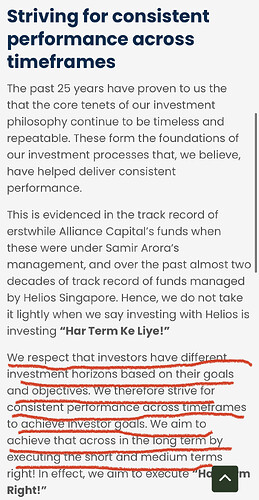Learning from Utpal Seth, trying to apply learnings to portfolio and Possible Sell of Abbott India
Last few days, I really enjoyed listening to Utpal Seth lectures to CFA Society and Flame University. Following are key highlights from his lecture he gave at Flame University. I will also share how I am applying those learnings to my portfolio. Thanks Mudit for sharing link of of Utpal Seth’s lecture on his forum which made me take interest and listen his 2.5 hrs lecture at Flame University and Thanks to Harsh for having these impromptu discussions which help in shaping up and sharpening my thought process
Here we go -
- Utpal Seth urges us to “realise the unrealised simplicity”. One of the way to do that is focusing on the Terminal Value of the business
- Terminal value is not a necessarily a mathematical value but its one’s vision of the business in future.
- Terminal value acts a ‘North Star’ in guiding investor - to build vision to buy, to exercise patience to hold and to find out failure of hypothesis or relative better opportunity which offers better terminal value
- What helps in building the picture of Terminal Value is - ‘’Differentiated Insight’’. Differentiated Insight does not necessarily mean ‘Differentiated Information’. It is the ability to notice something unique / enduring from the information which is can be known to everyon
Example -
HDFC Bank since the day it listed has always been expensive but what was the differentiated insight Utpal Seth had during that time?
Differentiated Insight 1 - HDFC Bank was a retail lender, was not doing mortgages, had a short duration asset book and short duration liability book - therefore was not vulnerable to interest rate risk and was still delivering 20% growth with 20% ROE and 20% capital adequacy. Because of this - it was the only bank which earned the ‘right’ to be valued at P/E basis rather than Pice to Book
Differentiated Insight 2 - HDFC Bank was not the most expensive bank in the world but it was the cheapest proxy to consumer stocks in india as it was a leverage play on the consumption because it was a granular retail book
With these 2 differentiated insights - one could have held HDFC Bank for 20 years!!!
My learning
To be honest, I was stunned by the simplicity of his insights. If you look at above two thoughts - they did not need any channel checks, complex models etc. According to me - what it needed were - Clam Mind to synthesise the information known to everyone, ability to introspect and off course experience. If I reach there, that will be a Nirvana but for a mortals like me - even if I can improve 1% towards that direction, I will be happy
How do I apply these learnings in my portfolio? To answer that question - I tried to see each of my company through Terminal Value lens. While doing that I realised how far I am in terms of my thinking abilities. Having said that following is my humble attempt for Abbott India and Vinati Organics. It has lot of scope for improvement but at least I know the direction now …
Abbott India
Abbott India were selling same power brands 10 years back. They are selling same power brands today and most likely they will be selling same power brands 10 years down the line. If you are doing same thing day after day, year after year, it is very likely that you will squeeze out last drop of efficiency. 10 year hence, Abbott India will sell same power brands more efficiently than today which translates to better margins and ROIC but not necessarily better volume growth
Vinati Organics
New products - butyl phenol and anti oxidants are margin dilutive but my TV analysis says - 1. Their seriousness of introducing ‘Speciality’ product was demonstrated with the fact that after ATBS, Vinati took 4-5 years to introduce new product 2. They make sure - they are integrated across value chain and finally 3. They come up with patented process. Therefore going beyond margin dilation due to new products, can Vinati come up with next IB/ATBS like product in next 10-15 years where they become dominant globally?
Therefore Vinati Organics offers better Terminal Value than Abbott India, albeit with less certainty, because I believe - if ROIC is above COC then it is better to trade off further ROIC expansion to higher growth. It is likely that Abbott becomes more and more efficient in selling their power brands while Vinati can possibly give at least one blockbuster product in next 10 years
I have done similar comparison of Abbott Vs Narayana which I will post some other day
Thank you

